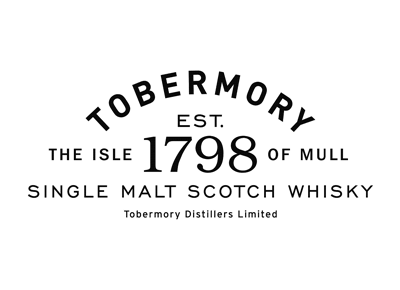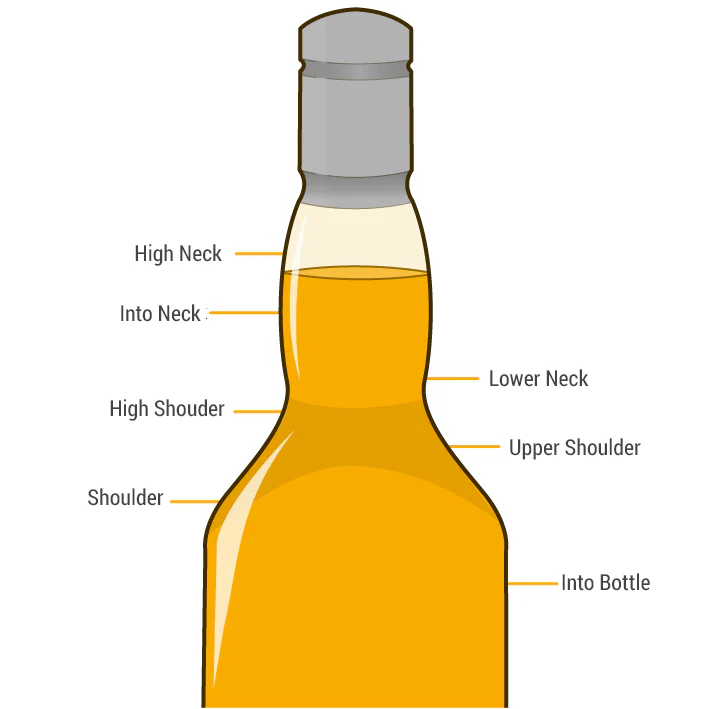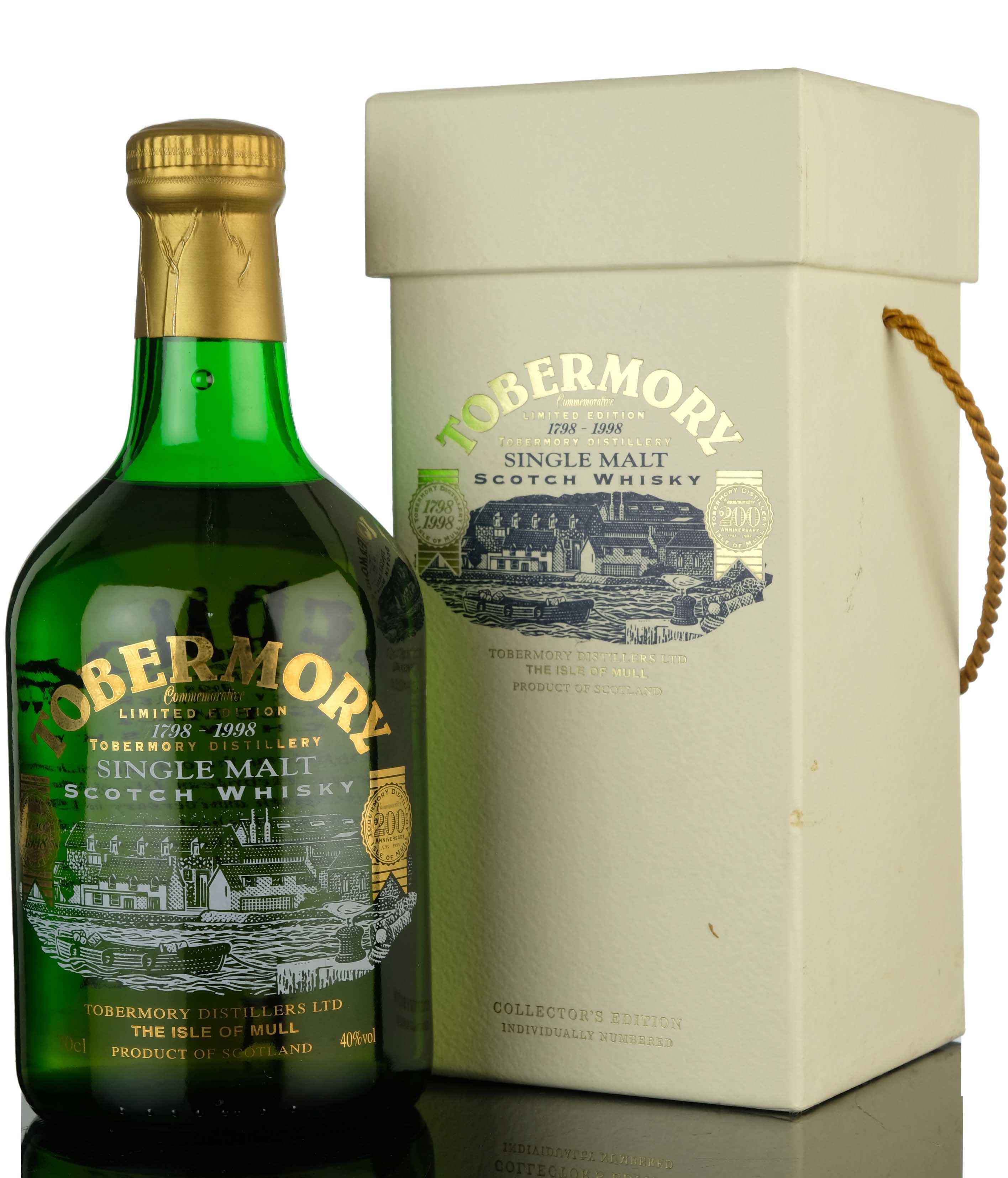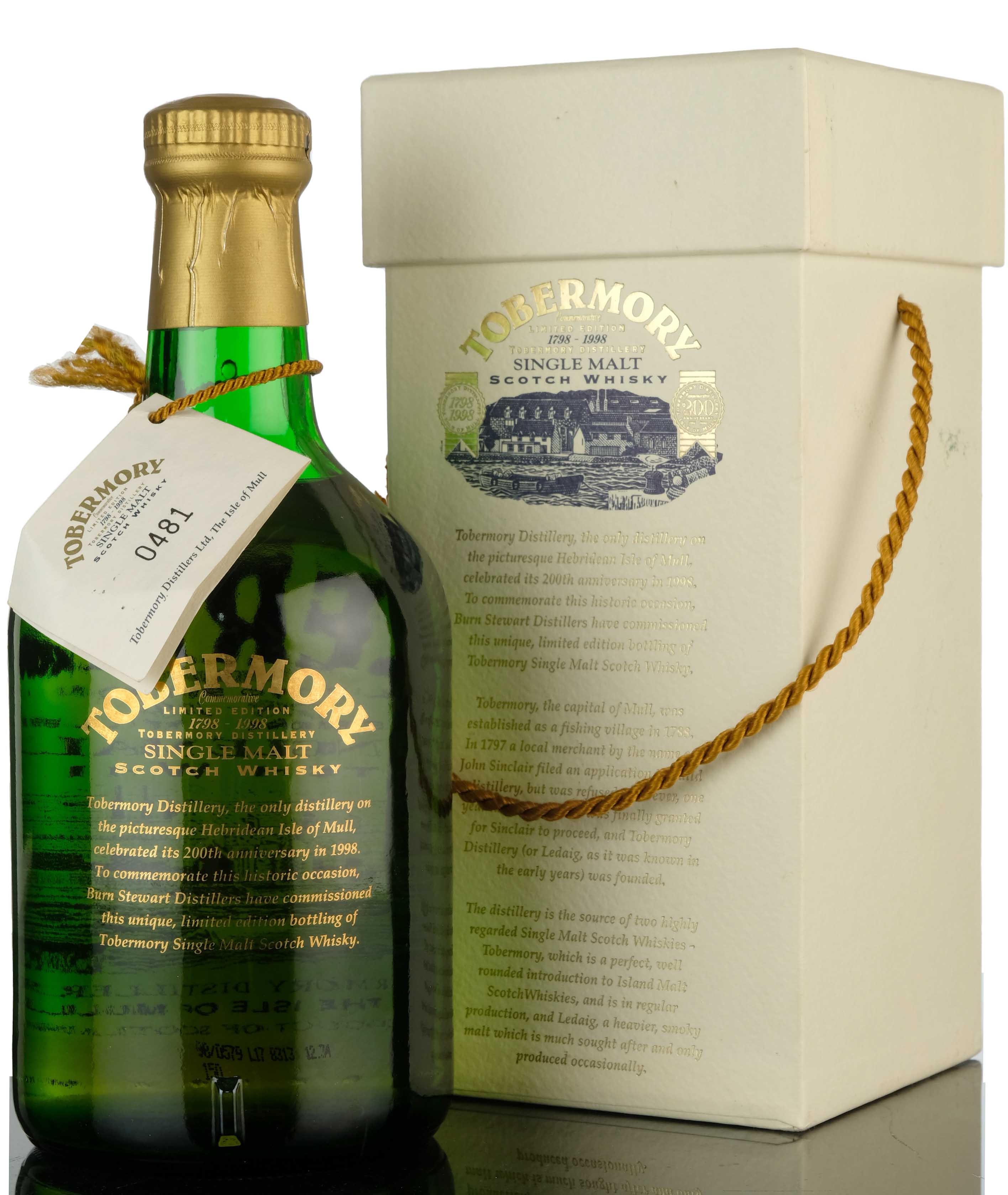End Date : Aug 03 2022 10:00 PM
We may have sold this bottle before. Click the graph below to view our sales history.

Tobermory distillery on the Isle of Mull was founded as Ledaig in 1798 but has had a turbulent history with long periods of closure - Ledaig distillery was operational for a total of less than six years between 1930 and 1989.
After four decades of silence, a brief post-refurbishment spell between 1972 and 1975 produced the Ledaig distillery’s greatest ever malt whiskies, dense and heavily peated. In 1979 the distillery reopened as Tobermory, but production was sporadic and both quality and peating levels were very inconsistent; the distillery was closed again between 1982 and 1989.
In 1993 Burn Stewart bought Tobermory and reinstituted the production of both unpeated spirit (Tobermory) and heavily-peated spirit (Ledaig). Finally under stable ownership, Tobermory slowly began to thrive, particularly after Distell’s 2013 acquisition of Burn Stewart, and the heavy, uncompromising Ledaig now has a cult following.

Distillery bottlings are, as the name suggests, bottled by or for the distillery from which the whisky has originated and are thus often referred to as Official Bottlings or OBs. Distillery bottlings are generally more desirable for collectors and usually fetch higher prices at auction than independent bottlings. They are officially-endorsed versions of the whisky from a particular distillery and are therefore considered the truest expression of the distillery’s character.
This ideal of the distillery character is regarded so seriously by the distilleries and brand owners that casks of whisky that are considered to vary too far from the archetype are frequently sold on to whisky brokers and independent bottlers. When this happens, it is often with the proviso that the distillery’s name is not allowed to be used when the cask is bottled for fear of diminishing or damaging the distillery’s character and status.





